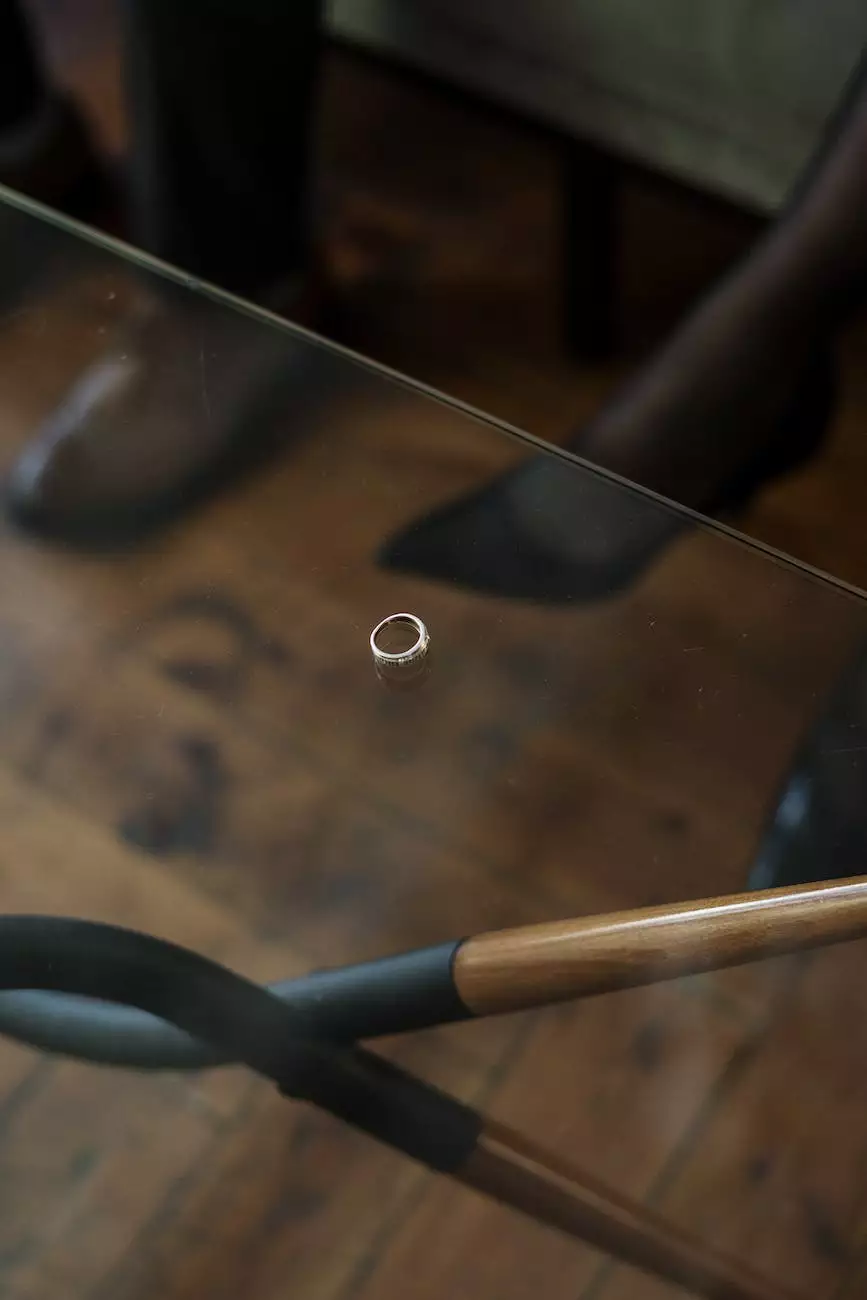Loosening The Hip Flexor - Lower Cross Syndrome (PART 2)

Introduction
Welcome to Backlund Chiropractic and Holistic Health, where we provide comprehensive solutions for improving hip flexibility and managing lower cross syndrome. In this article, we will delve deeper into loosening the hip flexors and explore effective techniques that can be incorporated into your daily routine to promote overall well-being.
Understanding Lower Cross Syndrome
Lower Cross Syndrome is a common musculoskeletal condition characterized by imbalances in the muscles of the pelvic region. The condition often manifests as tight hip flexors, weak gluteal muscles, and a tilted pelvis. These imbalances can result from prolonged sitting, lack of physical activity, or poor posture.
When the hip flexors become tight, they can pull the pelvis forward, causing an anterior pelvic tilt. This postural misalignment can lead to various issues, including lower back pain, hip pain, and limited mobility. Loosening the hip flexors and addressing the underlying muscular imbalances is essential for restoring proper alignment and alleviating discomfort.
The Importance of Loosening the Hip Flexor
Loosening the hip flexor is crucial for maintaining optimal hip function and overall body balance. As the primary muscle responsible for flexing the hip joint, a tight hip flexor can significantly restrict movement and disrupt the natural alignment of the pelvis. By incorporating targeted stretches and exercises into your routine, you can effectively improve hip flexibility and reduce the risk of developing or exacerbating lower cross syndrome.
Effective Techniques for Loosening the Hip Flexor
1. Hip Flexor Stretch
The hip flexor stretch is a fundamental exercise targeting the iliopsoas muscle group, which consists of the psoas major and iliacus muscles. To perform this stretch:
- Start in a lunge position with your right foot forward, knee bent at a 90-degree angle, and your left knee resting on the ground.
- Engage your core and gradually lean forward, keeping your upper body tall and spine aligned.
- You should feel a deep stretch in the front of your left hip and thigh.
- Hold the stretch for 30 seconds, then repeat on the other side.
2. Pigeon Pose
The pigeon pose is a yoga posture that targets the hip flexors, glutes, and piriformis muscle. To incorporate pigeon pose into your routine:
- Start in a tabletop position, with your hands and knees on the ground.
- Bring your right knee forward and place it behind your right wrist, slightly angling it towards your left hip.
- Extend your left leg straight behind you, keeping your hips squared and level.
- Lower your upper body and rest your forearms on the ground, allowing your hips to relax and open up.
- Hold the pose for 1-2 minutes, then switch sides.
3. Mobility Exercises
Incorporating mobility exercises into your routine can also help loosen the hip flexor and improve overall hip flexibility. Some effective exercises include:
- Leg swings: Stand next to a wall or support, and swing one leg forward and backward in a controlled motion, gradually increasing the range of motion.
- Fire hydrants: Begin on all fours and lift one leg out to the side, mimicking a dog lifting its leg on a fire hydrant. Repeat on the other side.
- Clamshells: Lie on your side with knees bent and legs stacked. Keeping your feet together, open your top knee as far as possible without rotating your hip.
Conclusion
Loosening the hip flexor is crucial for managing lower cross syndrome and maintaining overall hip health. By incorporating targeted stretches, poses, and mobility exercises into your routine, you can effectively promote hip flexibility and reduce the risk of developing or exacerbating postural imbalances. Remember to consult with a healthcare professional or chiropractor for personalized advice, especially if you have existing health conditions or injuries.




